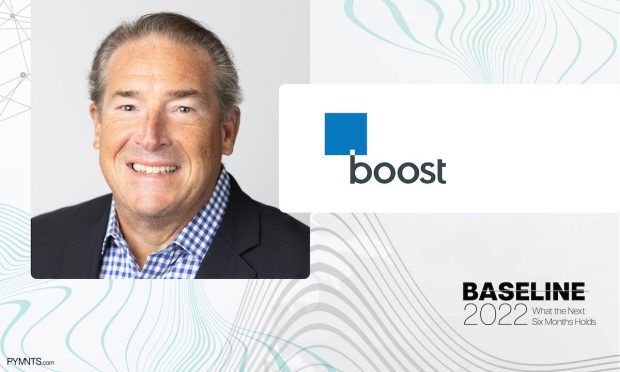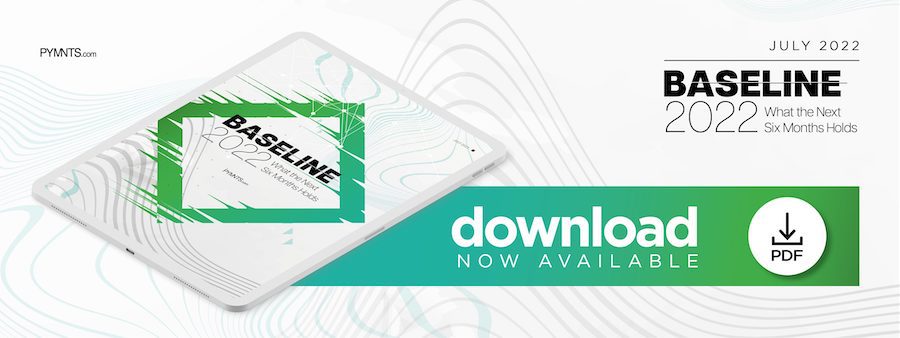Digital B2B Payment Solutions Provide Flexibility for Buyers and Sellers

Dean M. Leavitt, CEO and founder of Boost Payment Solutions, writes in the PYMNTS eBook “Baseline 2022: What the Next Six Months Holds” that three themes are shaping payments modernization: partnering for success, shifting leverage and addressing vertical-specific pain points.
As we headed into 2022 there was one thing that we were sure of: The time had come for automation and digitization of B2B payments. While business payment innovation has historically lagged behind consumer solutions, it appeared that buyers and suppliers around the world were ready to invest in fully digital and passive solutions. A PYMNTS study from January showed that 93% of business expected to try at least one new payment method within the year. This expectation has held true, but what has changed over the last six months is how the evolution is occurring. We have had the opportunity to discuss this topic with CFOs and treasurers from around the world and have seen three themes emerge:
- Partnering for Success
While the need for digital solutions has not decreased, the changes in the economic landscape have limited companies’ ability to prioritize funding for these projects. As a result, we are seeing businesses looking to strategic partnerships to meet this need. Solutions that can easily integrate into existing systems with limited or no development requirements on the part of the customer are winning the day. By partnering with FinTechs, companies are quickly leapfrogging to automation with limited investment, providing the operational efficiency, risk mitigation and extension of working capital that executives are looking for in an increasingly unstable environment.
- Shift in Leverage
Perhaps the biggest impact we are seeing is a fundamental rebalancing of leverage between buyers and suppliers. Historically, buyers have held the majority of the influence, but supply chain issues and price fluctuations have shifted some of that power to the supplier. Additionally, suppliers are more savvy than ever and are actively seeking flexible pricing models that optimize their costs and reduce DSO. Our Dynamic Boost platform gives buyers and suppliers payment flexibility based on business rules and, by extension, payment rules that fit their mutual needs. This agile engine offers real-time decisioning and interchange flexibility, empowering suppliers to accept commercial card payments on their terms.
- Vertical-Specific Pain Points
While the recent economic instability will affect all companies, the impacts vary greatly across industries. These idiosyncrasies have highlighted the importance of providing flexible solutions that meet the unique needs of different verticals. At Boost we are developing expertise in these areas, so we can provide solutions that create balance between the needs of buyers and suppliers.
The onset of omicron, supply chain issues and geopolitical unrest quickly put a damper on the optimism that many companies felt heading into 2022. B2B spending is inherently connected to consumer spending and inflation and the potential for a recession will have a direct impact on B2B spend in the second half of the year. We are seeing companies keep a closer eye on the bottom line and limiting any unnecessary expenses or investments in preparation. Because of this, Boost has positioned itself as a bridge for commercial trading partners around the globe, helping them navigate the uncertainty related to the delivery and receipt of payments that lies ahead.

